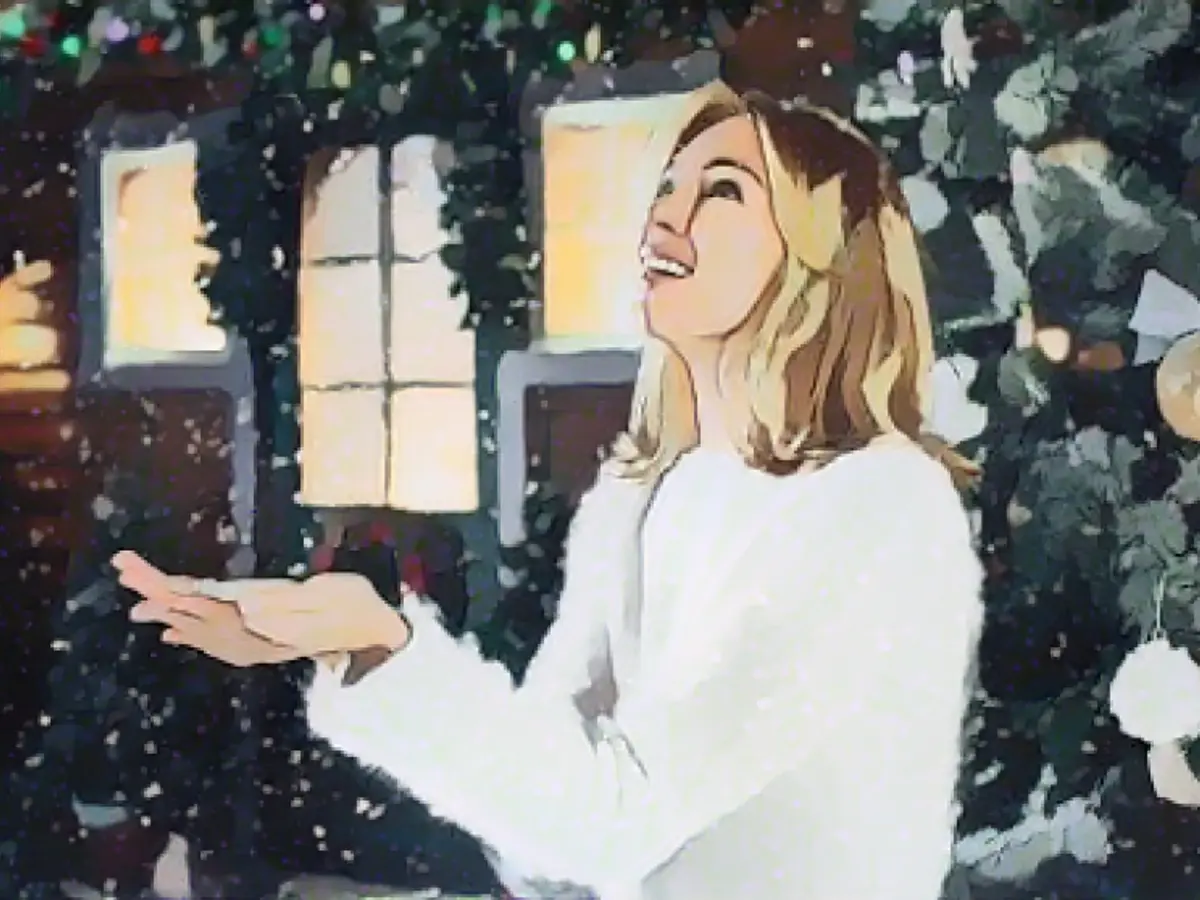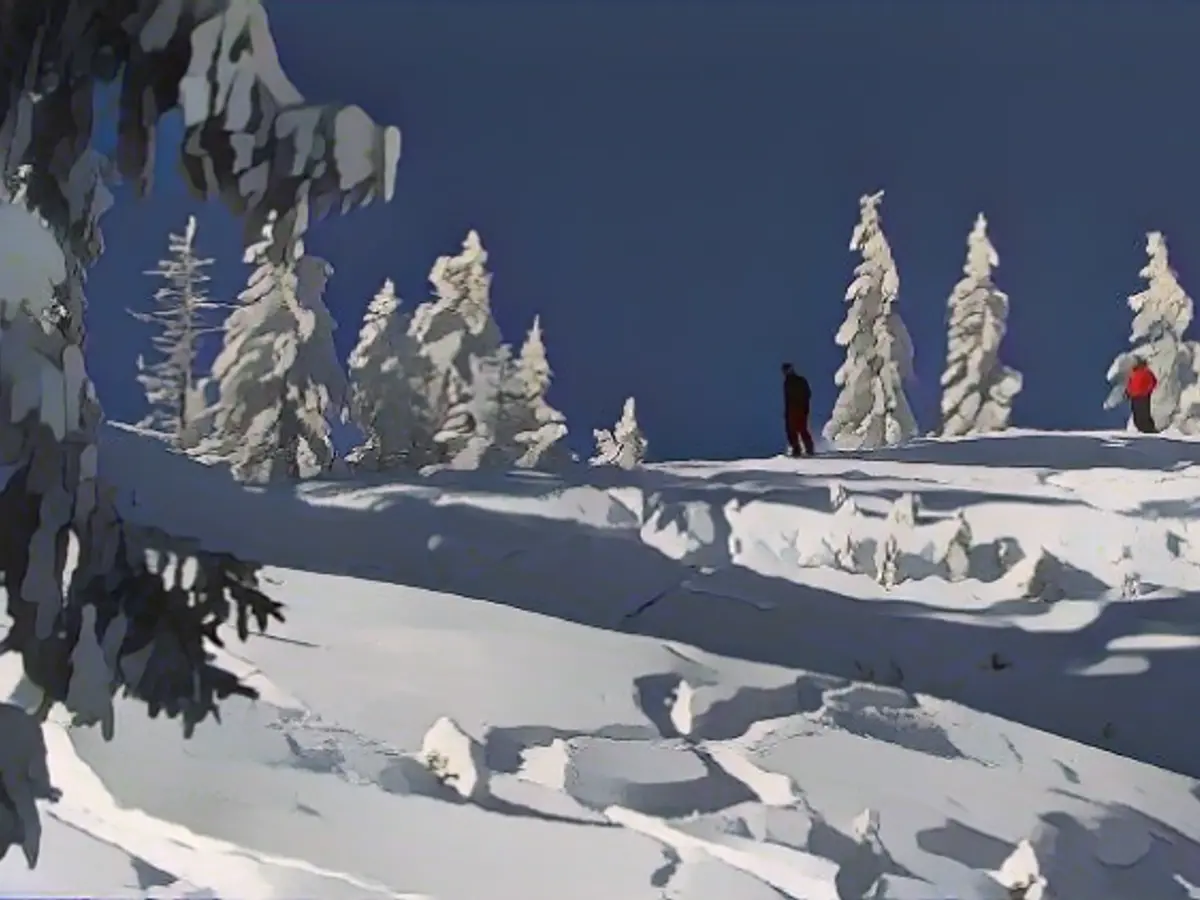Experiencing a White Christmas: Reality Check
Got those fond memories of a white Christmas? They might be fading away, as the chances of experiencing this winter wonderland during the festive season have taken a nosedive in recent decades.
Remember That White Christmas?
Speaking of white Christmases, how long ago was the last one you can recall? This question might stump you if you’ve lost count of the years. The most recent comprehensive white Christmas in Germany occurred in 2010, marking a long hiatus since the last substantial blanket of snow covered the land on the 25th of December.
Snow's On the Decline
Although grandpa might have had a point about Christmas being whiter in the past, statistics tell a different story. Based on the analysis conducted by Germany’s National Meteorological Service, the likelihood of a snow-covered Christmas has significantly decreased by more than 50%. Time periods like 1961-1990, which witnessed white Christmases roughly every three years in Munich, now have only one such occurrence every seven years during 1991-2020.
Necessities for a White Christmas
To see snow on your doorstep during Christmas, experts at the German Weather Service (DWD) advise paying close attention to two important factors: cold and humidity. Both are crucial in providing the perfect combination for a delightfully snowy scene.
However, there's a catch - cold air usually comes from the north and east, being dry and resistant to bringing rain. Warm air from the west, on the other hand, often brings moisture but seldom snow. Therefore, the precise weather mixture plays a significant role in determining the possibility of witnessing a white Christmas.
Geographical Influence on Snowfall
The chances of experiencing snow at Christmas depend largely on where you live. Historically, regions with higher elevation are more likely to see snowfall during this period. Conversely, coastal areas, such as the North and Baltic seas, tend to retain the warmth accumulated throughout the summer, resulting in milder conditions around Christmas.
Timing is Everything
Unfortunately for holiday enthusiasts, the timing of Christmas often happens to be at the tail-end of the prime snowfall season. In fact, DWD climatologist Karsten Friedrich suggests that the probability of snow is the highest in January, making it a better bet for constructing the elusive snowman or building that amazing winter fort.
Impact of Climate Change
The obvious observation of fewer white Christmases in recent times has sparked concern among researchers regarding global warming's influence. Valeri Goldberg, a climate researcher from TU Dresden, believes that the extended period of green Christmas celebrations since 2010 could indicate a direct result of atmospheric warming.
Predicting Winter Weather Patterns
Luckily, DWD experts can ensure that those with ample foresight and a keen interest in meteorology will never be caught off-guard. The most reliable prediction for a white Christmas can be made just one week prior to the festivities, providing a glimmer of hope for those who cherish the magic that only snow can bring.
Additional Reading
- [Snow chaos further restricts Bavaria][1]
- [Unanimous decision: faster wolf culls possible][2]
- [The year of climate records: extreme is the new normal][3]
- [Snow and ice paralyze southern Germany][4]
Data Sources: and
- Experts suggest that the likelihood of a white Christmas with continuous snow cover on all three days has significantly decreased since the 1960s, primarily due to global warming and increased “Christmas thawing”.
- Data sourced from the Climate Dashboard Austria indicates that the frequency of snow cover days has decreased, particularly in mid and low altitudes, with snow-covered Christmases becoming increasingly rare due to climate change.
- Researchers highlight that warmer Atlantic air tends to flow in from the west during Christmas, bringing rain and melting previously fallen snow.
- Experts call for vigilance and caution when making predictions for a white Christmas, as the probability is highest in January, and reliable data can only be provided just one week prior to Christmas.








